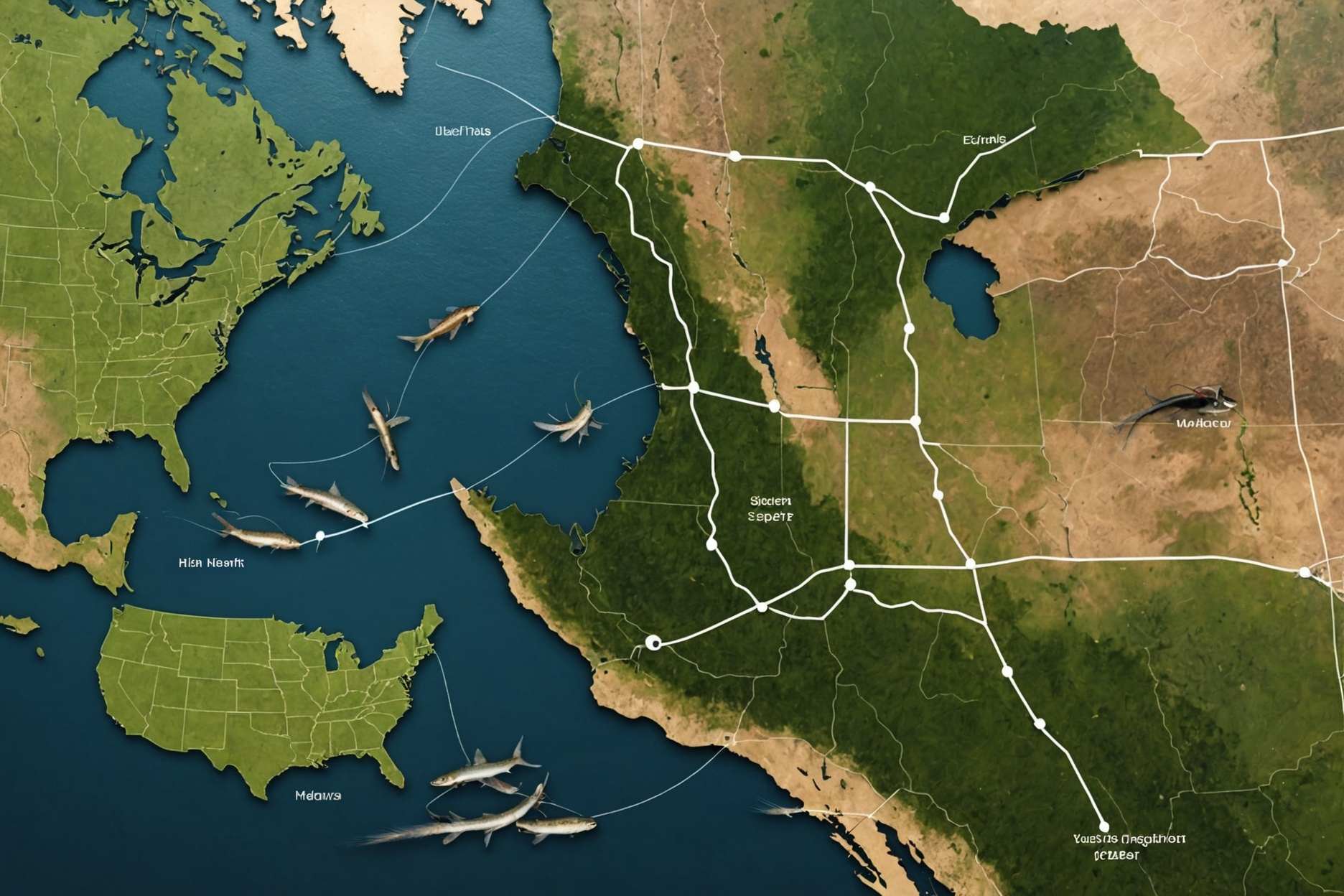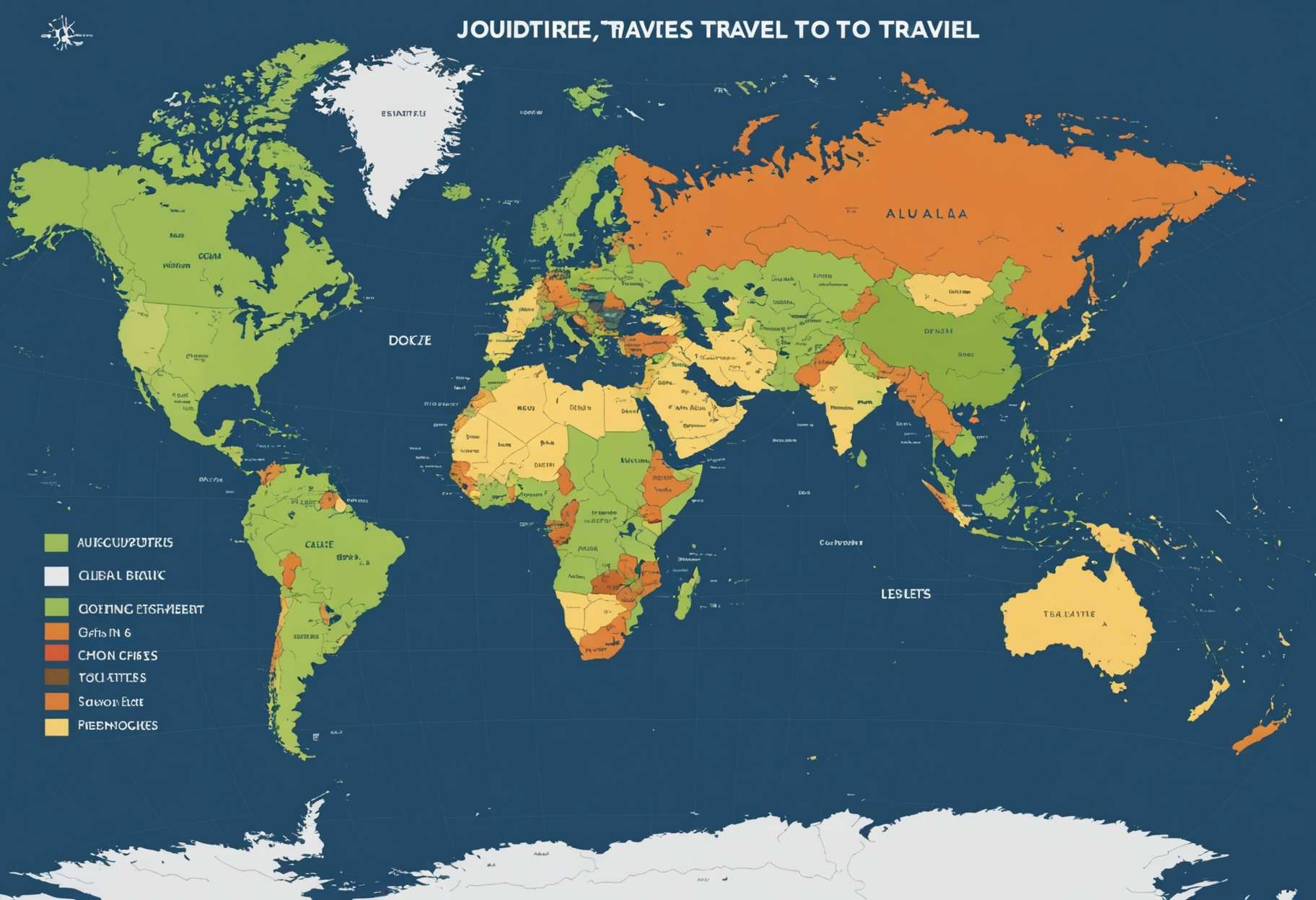
When you buy through links on our articles, Future and its syndication partners may earn a commission.

A comet discovered earlier this year continues to break apart after its close brush with the sun this month.
Astronomer Gianluca Masi of the Virtual Telescope Project captured breathtaking imagery of solar system comet C/2025 K1 (ATLAS) as its central icy core, or nucleus, appears to have broken into multiple pieces after being warmed by the sun. The comet made its closest approach to the sun on Oct. 8, and astronomers captured images following the solar flyby that appear to show it dramatically breaking apart.
These most recent images seem to confirm that, as multiple distinct fragments can be seen. The images appear to show "three fragments of the original nucleus and possibly a fourth one," Masi wrote in a statement accompanying the images.
Masi captured the images over the past week using a Celestron C14 Schmidt-Cassegrain telescope on a Paramount ME robotic mount, with a SBIG ST-10XME CCD self-guiding camera. The images consist of seven different 60-second exposures captured without any filters.

He made those exposures on five separate nights between Nov. 11 and 18 Nov. 18, and stacked them together to make an animation that depicts the motion of the fragments relative to one another:

Based on one of the images, Masi suspects the comet may have actually broken into a fourth fragment.

Astronomers at the Asiago Observatory in Italy captured the comet on Nov. 11 with the 1.82-meter Copernicus telescope, which appeared to reveal that, at that point, the comet had broken into two distinct fragments separated by about 1,200 miles (2,000 kilometers).
But even then, astronomers suspected "the presence of a third, smaller and fainter fragment to the left of the pair," Mazzotta Epifani wrote in a statement published to the Italian National Institute for Astrophysics website (translation by Google).

Like many comets, C/2025 K1 (ATLAS) is believed to have come from the Oort cloud, a distant spherical bubble of small icy bodies that surrounds our solar system at the farthest reaches of our sun's neighborhood. Many long-period comets (those that only rarely pass through the inner solar system) originate from the Oort cloud, which is thought to contain billions of small icy objects like comets (though some Oort cloud bodies are so large they qualify as dwarf planets).
Want to see these visitors from the outer solar system for yourself? Skywatchers hoping to capture their own views of distant solar system comets should check out our roundups of the best smart telescopes, cameras and lenses for astrophotography, along with our guide on how to view and photograph comets.
Editor's Note: If you would like to share your comet photos with Space.com's readers, then please send your photo(s), comments, and your name and location to [email protected].
latest_posts
- 1
 DeNA・伊藤光 海外FA権行使へ 国内視野に12球団OK(デイリースポーツ)
DeNA・伊藤光 海外FA権行使へ 国内視野に12球団OK(デイリースポーツ) - 2
 三代目JSB・今市隆二、来年から活動再開へ「信頼回復できるよう、責任ある姿勢で臨む決意」公式サイトで発表(スポーツ報知)
三代目JSB・今市隆二、来年から活動再開へ「信頼回復できるよう、責任ある姿勢で臨む決意」公式サイトで発表(スポーツ報知) - 3
 Exploring Being a parent: A Survey of \Bits of knowledge and Guidance for Guardians\ Nurturing Book
Exploring Being a parent: A Survey of \Bits of knowledge and Guidance for Guardians\ Nurturing Book - 4
 不適切経費精算でフジ取締役辞任 3月役員刷新人事の安田美智代氏(共同通信)
不適切経費精算でフジ取締役辞任 3月役員刷新人事の安田美智代氏(共同通信) - 5
 What’s the shadowy organisation taking Gaza Palestinians to South Africa?
What’s the shadowy organisation taking Gaza Palestinians to South Africa?
 6 US States for Fly Fishing
6 US States for Fly Fishing The 15 Most Rousing TED Chats on Self-awareness
The 15 Most Rousing TED Chats on Self-awareness Meet the Stars of the Feline World: Well known Pet Feline Varieties
Meet the Stars of the Feline World: Well known Pet Feline Varieties 来季から「長嶋茂雄賞」新設、NPB理事会で承認 走攻守で顕著な活躍かつファン魅了した野手選出(日刊スポーツ)
来季から「長嶋茂雄賞」新設、NPB理事会で承認 走攻守で顕著な活躍かつファン魅了した野手選出(日刊スポーツ) A Manual for Nations to Head out To
A Manual for Nations to Head out To Dominating the Art of Composing: Creator Bits of knowledge
Dominating the Art of Composing: Creator Bits of knowledge Vote in favor of your Favored kind of footwear
Vote in favor of your Favored kind of footwear Find the Future of Outsourcing: Exploring the Gig Economy
Find the Future of Outsourcing: Exploring the Gig Economy Top 20 Wellbeing and Wellness Applications for a Sound Way of life
Top 20 Wellbeing and Wellness Applications for a Sound Way of life













